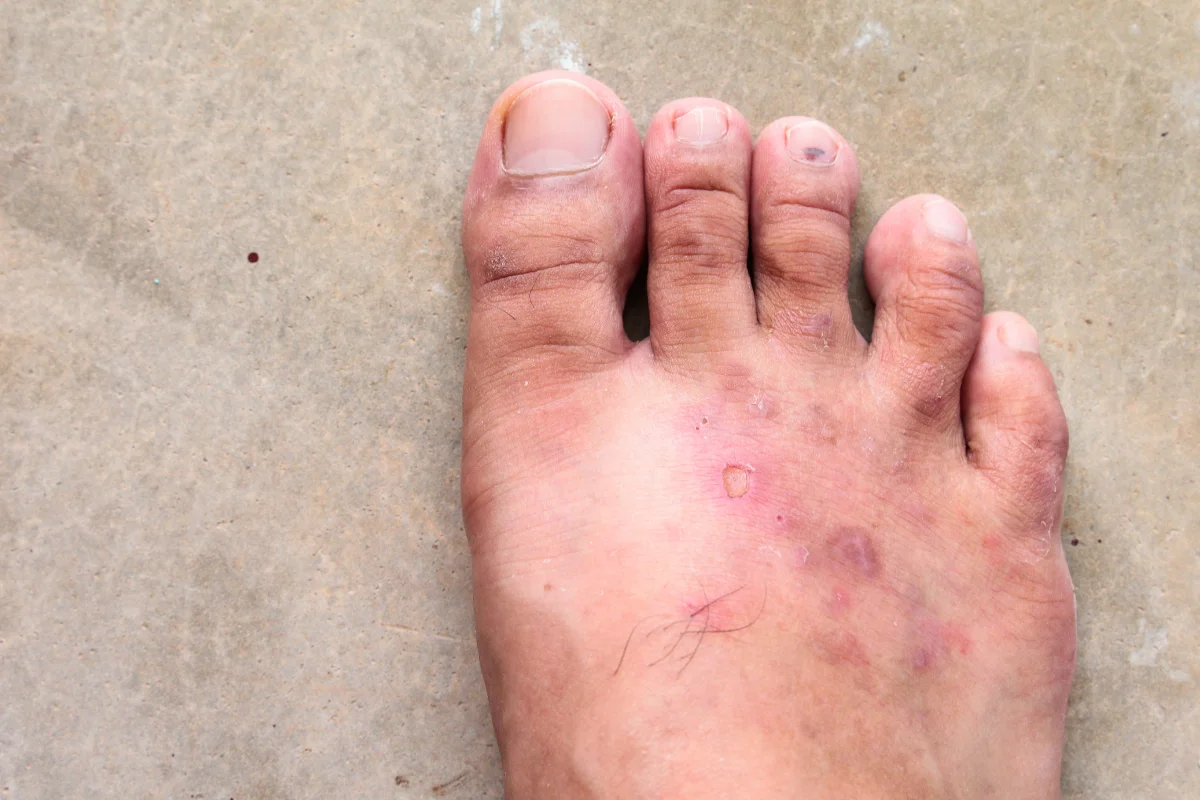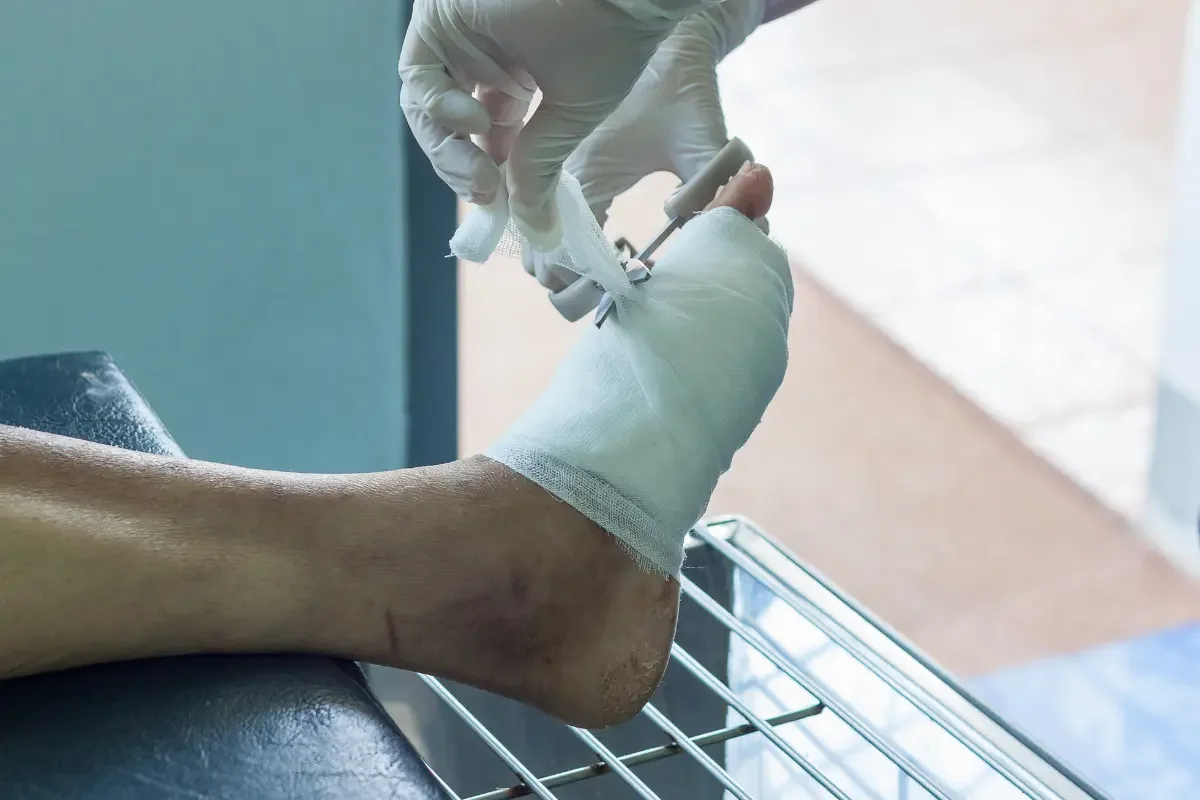Understanding Swelling: Causes and Dietary Impact
What Causes Swelling?
Swelling, also known as edema, occurs when fluid accumulates in the tissues, resulting in puffiness and discomfort. Several factors can lead to swelling in the feet and ankles, including:
Medications: Certain drugs, such as blood pressure medications, hormone therapies, and steroids, can contribute to fluid retention.
Medical Conditions: Kidney disease, heart problems, chronic venous insufficiency, and blood clots can worsen swelling.
Injuries or Infections: Physical trauma and infections can also trigger edema.
The Role of Diet
Diet plays a crucial role in managing swelling. Adopting a balanced diet rich in specific nutrients while minimizing sodium and unhealthy fats can significantly help reduce swelling. Here are some dietary considerations to keep in mind:
Hydration Heroes: Water-Enriched Foods
Proper hydration helps prevent fluid retention, which is key to reducing swelling. Foods with high water content are excellent choices. Consider incorporating:
Watermelon
Cucumbers
Oranges
Strawberries
Spinach
Choosing hydrating foods over sugary beverages can aid in maintaining fluid balance and reducing swelling.
Electrolyte-Rich Eats: Balancing Body Fluids
Electrolytes play a vital role in regulating fluid balance in the body. Foods rich in potassium can help counteract swelling. Include:
Bananas
Potatoes
Sweet Potatoes
Avocados
Beets
Additionally, foods rich in calcium, such as dairy products and leafy greens, can support fluid balance. Magnesium-rich foods like spinach, pumpkin seeds, and almonds also contribute to reducing swelling.
Protein-Packed Picks: Supporting Blood Vessels
Adequate protein intake is essential for preventing fluid retention. Insufficient protein levels can lead to edema. Include these protein-rich foods in your diet:
Lean Meats
Eggs
Dairy Products
Beans
Nuts
A diet low in sodium can also prevent excessive fluid retention, contributing to overall foot health.
Minimizing Inflammation with Anti-inflammatory Foods
Omega-3 Fatty Acids: Fish for Foot Health
Omega-3 fatty acids are renowned for their anti-inflammatory properties. Found primarily in fatty fish, these acids can help reduce inflammation associated with swollen feet. Good sources include:
Salmon
Sardines
Mackerel
Tuna
Flaxseeds
Chia Seeds
Walnuts
Incorporating these foods into your diet can promote overall foot health and mitigate swelling.
Antioxidant Allies: Berries and Greens
Antioxidants play a critical role in combating oxidative stress, which can contribute to inflammation. Foods rich in antioxidants include:
Berries (blueberries, strawberries, raspberries)
Leafy Greens (spinach, kale)
Regularly consuming these foods can help manage and reduce foot swelling, while also boosting your overall health.
Spice It Up: Turmeric and Ginger
Both turmeric and ginger are packed with anti-inflammatory and antioxidant properties. Turmeric contains curcumin, while ginger contains gingerol, both of which can help suppress inflammation. Adding these spices to your meals can significantly benefit your foot health.
Complementary Lifestyle Adjustments to Foods That Reduce Swelling in Feet
Lifestyle Modifications
Dietary choices are just one piece of the puzzle when managing foot swelling. Lifestyle changes can also have a significant impact:
Regular Exercise: Activities like walking, yoga, and light stretching improve circulation and help prevent fluid accumulation.
Footwear: Opt for comfortable shoes that provide proper support, such as those with a low heel, wide toe box, and extra-wide fit.
Additional Tips
Compression Socks: Wearing compression socks can help manage swelling by improving circulation.
Elevating Feet: Elevating your feet multiple times a day can aid in reducing swelling.
Weight Management: Maintaining a healthy weight can improve circulation and minimize swelling. Avoid sitting or standing for prolonged periods to prevent fluid build-up.
Seeking Professional Medical Advice
If swelling persists or is accompanied by concerning symptoms, it’s essential to seek medical advice. Conditions requiring immediate attention include:
Chest pain or difficulty breathing
Sudden leg swelling or swelling accompanied by pain
Swelling related to physical injury
Consulting a healthcare professional can help diagnose underlying issues and recommend appropriate treatments, such as diuretics for fluid retention. Podiatrists can address various foot and ankle concerns, including injuries, bunions, heel pain, and nail disorders.

Practical Meal Ideas Incorporating Foods That Reduce Swelling
Delicious Recipes for Foot Health
Incorporating the right foods into your meals doesn’t have to be complicated. Here are some practical meal ideas that emphasize foods that reduce swelling:
Breakfast: Start your day with a smoothie made from spinach, banana, berries, and flaxseeds. This nutrient-packed drink will provide hydration, antioxidants, and healthy fats.
Lunch: Enjoy a refreshing salad with mixed greens, cucumbers, avocados, and grilled salmon. Drizzle with a dressing made from olive oil and lemon juice to enhance flavor while supporting hydration and heart health.
Dinner: Prepare a quinoa bowl topped with roasted sweet potatoes, black beans, and a sprinkle of turmeric. Add a side of steamed broccoli for a boost of calcium and magnesium.
Snacks: Munch on a handful of walnuts or a yogurt parfait layered with berries for a nutritious and satisfying treat.
By creatively incorporating these foods into your daily meals, you can enjoy delicious flavors while working towards reducing swelling in your feet and ankles.
Common Questions About Foods to Reduce Swelling in Feet
What foods help with foot swelling?
Incorporating fish, leafy greens, berries, and nuts into your diet can help reduce foot swelling due to their inflammation-fighting properties. Remember to stay hydrated and limit your salt intake to prevent water retention.
Are bananas good for swelling feet?
Yes, bananas can help reduce swelling in the feet by maintaining proper electrolyte balance and providing vitamin B6 for nerve and skin health.
How do I reduce swelling in my feet ASAP?
To reduce swelling in your feet ASAP, try walking, drinking water, elevating your feet, wearing compression socks, and avoiding salty foods. These methods can help to alleviate the swelling quickly.
What foods should you avoid when you have swollen feet?
Avoid consuming processed, refined, and salted foods as well as those high in sugar and fats, such as those made with vegetable oil, to lessen the chances of developing swollen feet.
How can lifestyle changes complement dietary choices in managing foot swelling?
To manage foot swelling, incorporating lifestyle changes like regular exercise, wearing comfortable shoes, using compression socks, and elevating your feet can complement dietary choices effectively. Try to incorporate these changes into your daily routine for better management of foot swelling.







